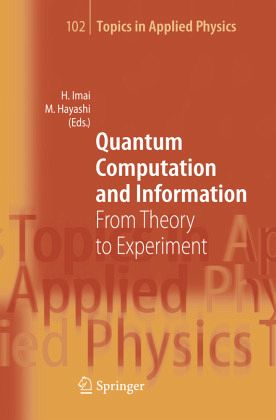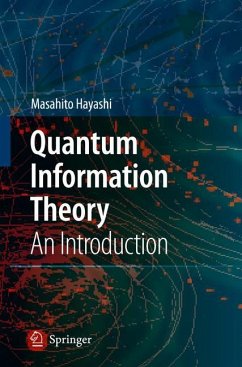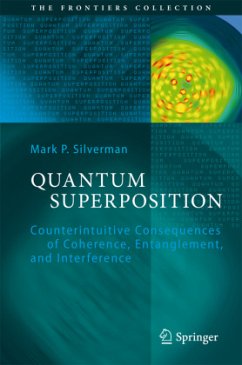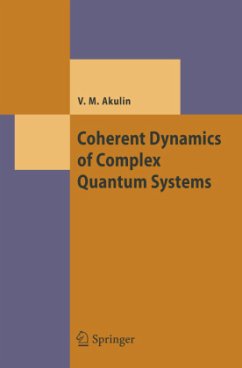
Quantum Computation and Information
From Theory to Experiment
Herausgegeben: Imai, Hiroshi; Hayashi, Masahito
Versandkostenfrei!
Versandfertig in 6-10 Tagen
174,99 €
inkl. MwSt.

PAYBACK Punkte
87 °P sammeln!
Recently, the field of quantum computation and information has been developing through a fusion of results from various research fields in theoretical and practical areas. This book consists of the reviews of selected topics charterized by great progress and cover the field from theoretical areas to experimental ones. It contains fundamental areas, quantum query complexity, quantum statistical inference, quantum cloning, quantum entanglement, additivity. It treats three types of quantum security system, quantum public key cryptography, quantum key distribution, and quantum steganography. A pho...
Recently, the field of quantum computation and information has been developing through a fusion of results from various research fields in theoretical and practical areas. This book consists of the reviews of selected topics charterized by great progress and cover the field from theoretical areas to experimental ones. It contains fundamental areas, quantum query complexity, quantum statistical inference, quantum cloning, quantum entanglement, additivity. It treats three types of quantum security system, quantum public key cryptography, quantum key distribution, and quantum steganography. A photonic system is highlighted for the realization of quantum information processing.












